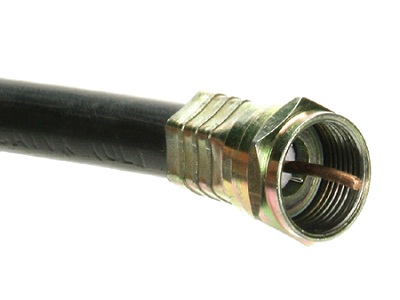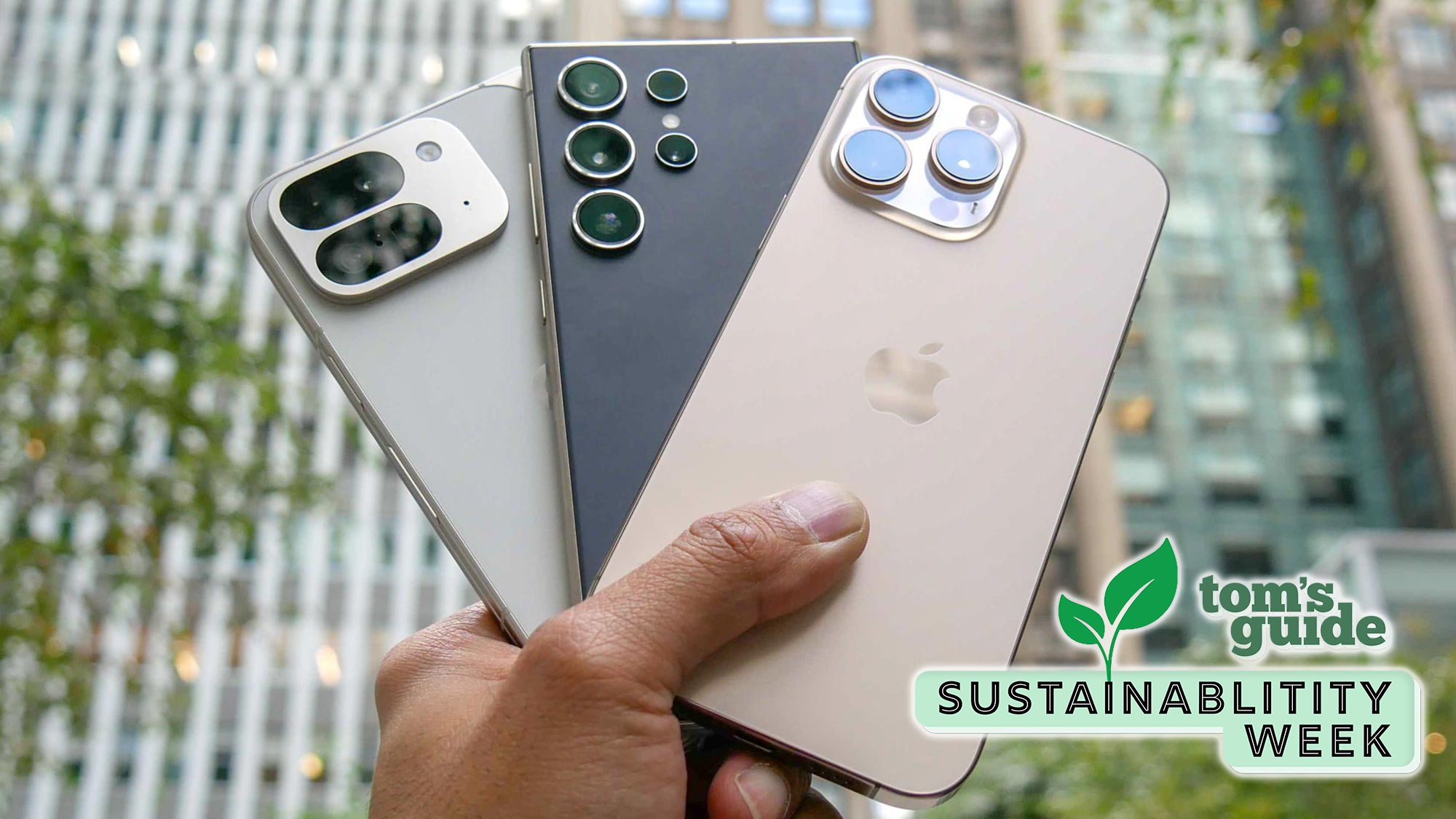Will People Really Keep Buying Set-Top Boxes?
Manufacturers may ship twice as many set-top boxes — both traditional cable boxes and Internet-connected ones — in 2017 as they do today.

Traditional cable TV boxes aren't going anywhere, but neither are stand-alone, Internet-connected set-top boxes that allow viewers to watch Netflix or Hulu Plus.
Experts now estimate that manufacturers will ship twice as many set-top boxes — both traditional cable boxes and Internet-connected ones like Rokus and Apple TVs — in 2017 as they do today.
The information comes by way of Information Handling Services (IHS), an Englewood, Colo.-based company that provides analytics for the tech sector.
There are approximately 65.8 million set-top boxes in the world today, of which 26 percent are "connected," or possess the ability to connect to the Internet to stream content. The rest are standard cable boxes.
IHS predicts that by 2017, this number will increase to 125.6 million, roughly 57 million (45 percent) of which will be connected.
MORE: 7 Tech Features Nobody Wanted
In order to reach these numbers, IHS posits that the market for set-top boxes will grow by a staggering 91 percent over the next four years.
Sign up to get the BEST of Tom's Guide direct to your inbox.
Get instant access to breaking news, the hottest reviews, great deals and helpful tips.
Also worth noting is that while the company expects the lion's share of these set-top boxes to ship to North America, Asia's interest in set-top boxes is growing the most quickly of any region's.
One important distinction to keep in mind is that the number of units shipped does not correspond to the number of units sold: Unless a product is a massive hit, far more units are shipped than are actually sold, so 125.6 million set-top boxes shipped does not mean that 125.6 million people will own or use them.
Furthermore, the data are based on observed trends between 2009 and 2013. IHS predicts that the set-top-box market will continue to grow at a steady rate similar to that of the last four years.
This may be the case, but the rate of growth could just as easily explode if people decide they can't live without set-top boxes, or crash if people embrace a newer, better technology.
As Wall Street investment prospectuses like to say, "Past performance does not indicate future success."
IHS provides one potential vision of set-top boxes in the near future — and a rosy one, at that. Keeping an eye on how various markets embrace "connected" set-top boxes will speak volumes about the changing habits of TV viewers in the next five years.
Follow Marshall Honorof @marshallhonorofand on Google+. Follow us @tomsguide, on Facebook and on Google+.
Marshall Honorof is a senior editor for Tom's Guide, overseeing the site's coverage of gaming hardware and software. He comes from a science writing background, having studied paleomammalogy, biological anthropology, and the history of science and technology. After hours, you can find him practicing taekwondo or doing deep dives on classic sci-fi.
-
overclockingrocks With the advent of smart tv's and cheap blu ray players that have netflix apps and the ability to play contect from a USB storage device built in I can't see how the set top box market will keep going.Reply -
targetdrone If you have cable you NEED a set-top box for each TV and of course the cable company gets to charge you $5-20 per month for each box you have, in addition to all the other fees for stuff you don't really want but need to have to get the channels you do want(like HBO)Reply -
sykozis As cable subscribers in the US transition from "basic cable" to "digital cable"....of course the set-top box count will increase.... "Digital cable" requires a CableCARD compatible device...and since TV makers aren't supporting CableCARD, set-top box is the only option.Reply -
boogalooelectric All you have to do to get rid of a set top box is build a HTPC with a sufficiently large enough HDD and with Win 7 Home Premium. Then get a Ceton 6 tuner cable card unit or a Silicondust Homerun or 2, then your can get rid of the Set Tops.Reply
http://www.newegg.com/Product/Product.aspx?Item=N82E16815706005
http://www.newegg.com/Product/Product.aspx?Item=N82E16815345006
You then set up your extenders (like an Xbox360, or Ceton Echo, PS3's work through Dtcp/IP on the Silicondust units) to the HTPC, each HTPC can have 4 extenders on them. Put the extenders on the TV's you use to use as set top boxes.
The HTPC uses Windows Media Center as the DVR and works every bit as good as the company provided DVR/set top box. The only thing I can't do is access 'On Demand' but I can use Xbox video, Amazon Prime or any other on demand service instead.
I gave my set top boxes back to the cable company over a year ago and a half ago, and combined with discounts for the cable companies screw ups I have more than made up for the investment I have in this.
But other than what I describe, there really is no replacement for a set top cable box. If your used to having cable or satellite than you will not get the same experience from Netfix, Hulu etc. -
p05esto They always mention the Rokus but the WDTV can do everything the same BUT can also stream movie files from a local home server, computer or USB stick/drive... and it plays a ton of formats like MKV. Rokus is junk in comparrison. Wake up people.Reply -
DRosencraft Most TV service providers (cable and satellite) include at least one free box. increasingly, they also offer a means of accessing the likes of Hulu and Netflix. Dedicated set-top boxes make very little sense for these people. But, relative to an HTPC a set-top box is much cheaper (though also less capable). That being said, it is conceivable that there will be an increase in the use of set-top boxes, but it may not be as much as being suggested here.Reply -
edogawa If there is one thing I absolutely hate, it is cable boxes. Why do we need those big bulky things for each room!?Reply
Verizon now has their app so you can watch a bunch of channel on your phone, live TV, why can't we just have a bunch of small android devices that connect to a TV and watch any channel immediately like on that Verizon app! We just need one larger device for the main household TV for DVR and media streaming functions, then tiny devices that plug into the rest of the TVS like a chrome-cast device.
We need a better alternative then giant cable boxes that cost money each month. It would be so cool to plug a chrome-cast like device into a TV then just watch your TV through that. -
CatherineWWilliams <B>Reply
my best friend's mother makes $80 hourly on the laptop. She has been out of work for eight months but last month her pay check was $14973 just working on the laptop for a few hours. have a peek here
●►●►▶●►●►▶Works23.COM
<B> -
mohsh86 as long as netflex is not available all over the world, and we have a snaily internet, specially in the middle east, yes they willReply -
mohsh86 as long as netflex is not available all over the world, and we have a snaily internet, specially in the middle east, yes they willReply

